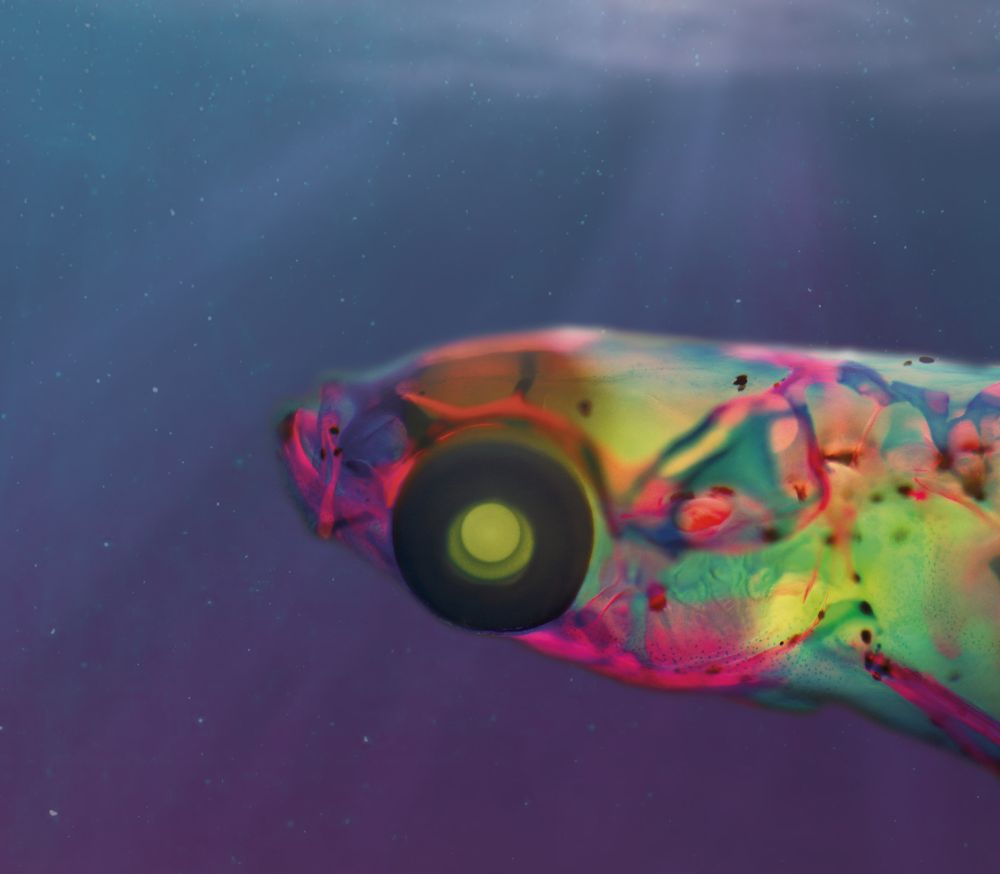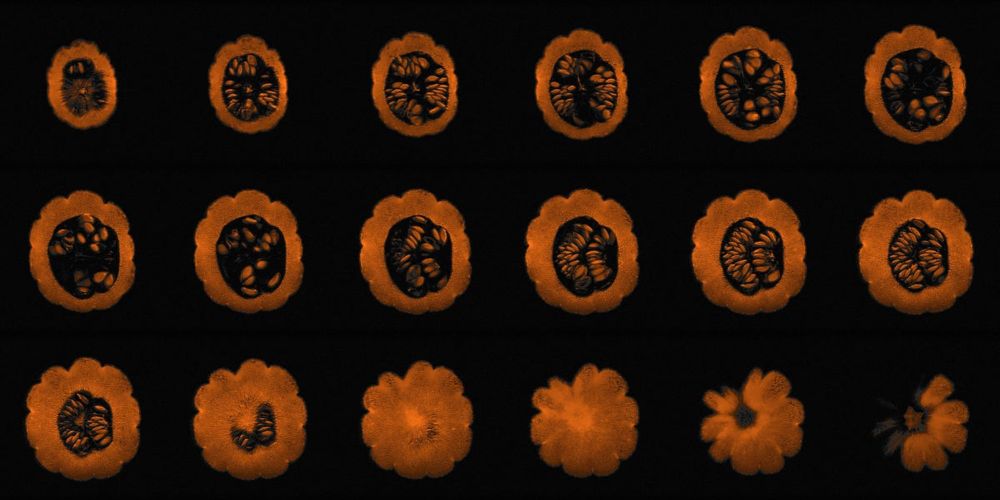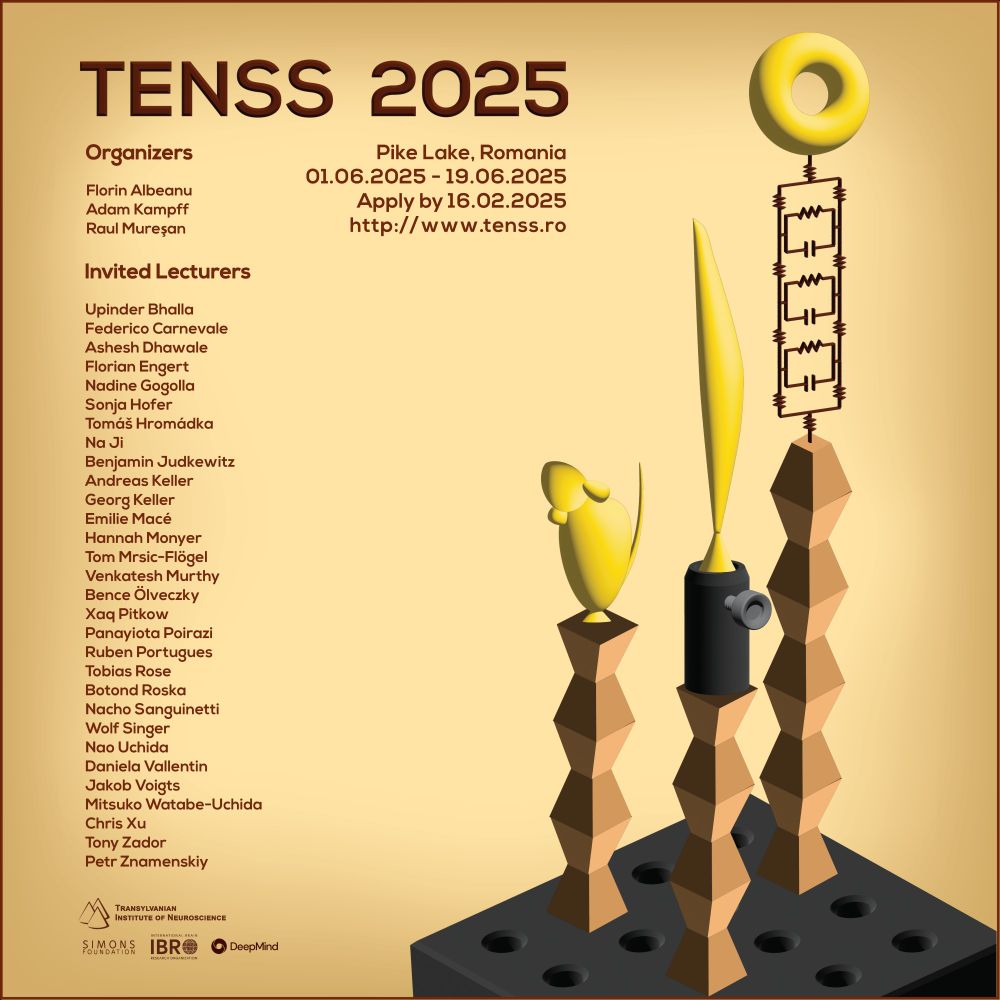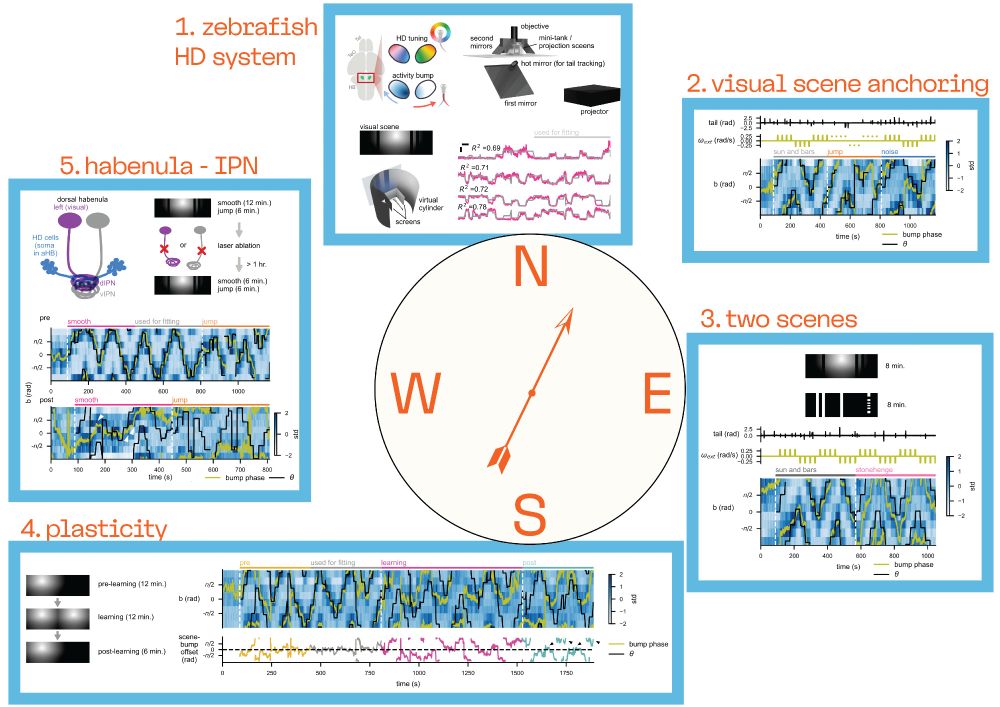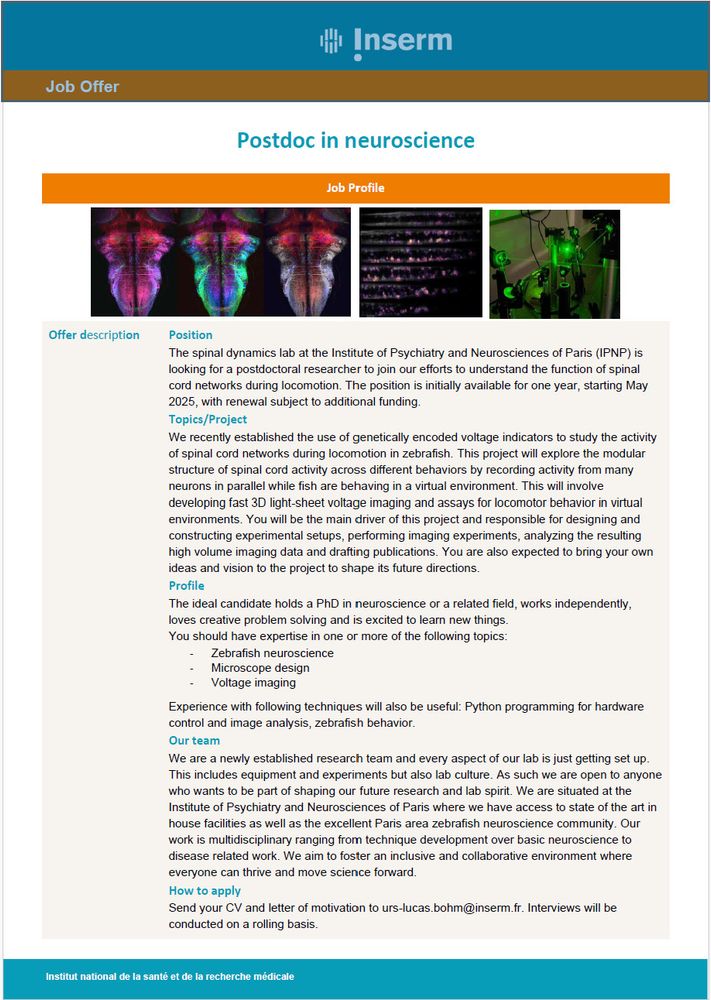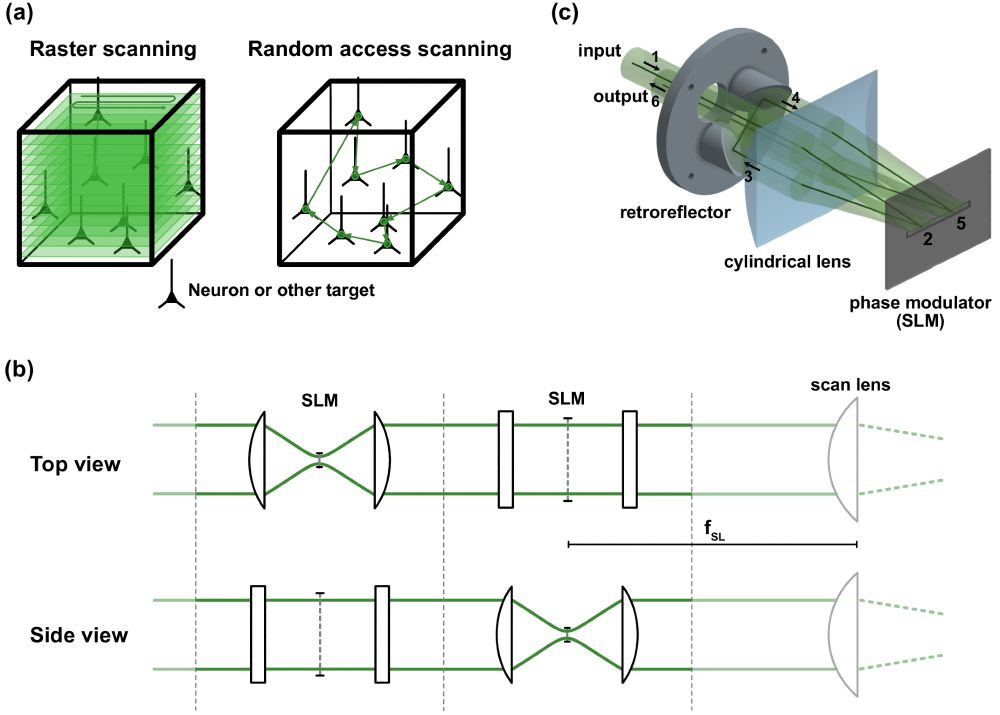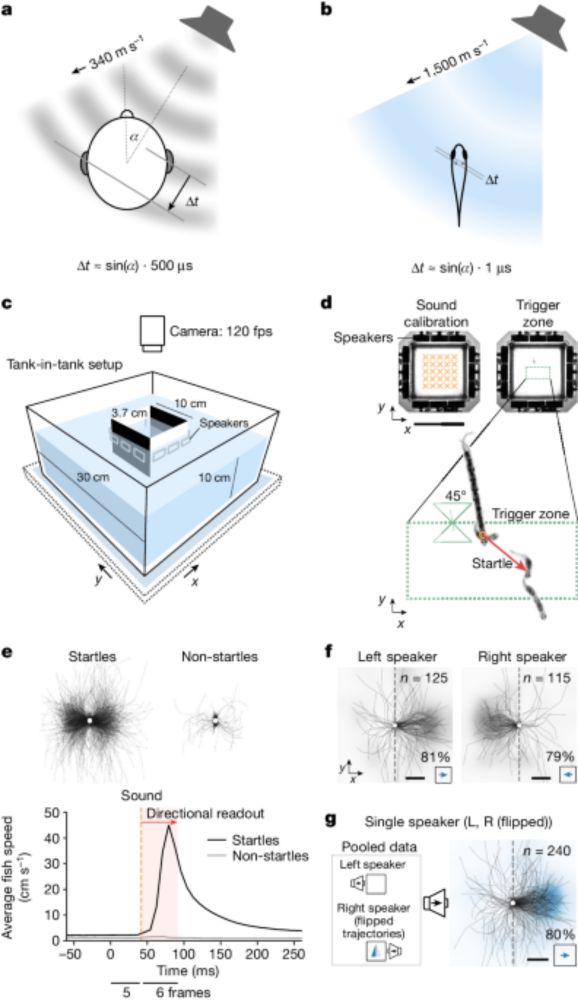Benjamin Judkewitz
@benjulab.bsky.social
2.5K followers
340 following
23 posts
brainwide circuits, animal communication, danionella, microscopy
https://jlab.berlin
Posts
Media
Videos
Starter Packs
Pinned
Reposted by Benjamin Judkewitz
Reposted by Benjamin Judkewitz
Benjamin Judkewitz
@benjulab.bsky.social
· May 21
Benjamin Judkewitz
@benjulab.bsky.social
· May 18
Benjamin Judkewitz
@benjulab.bsky.social
· May 12
Benjamin Judkewitz
@benjulab.bsky.social
· May 12
Benjamin Judkewitz
@benjulab.bsky.social
· May 12
Reposted by Benjamin Judkewitz
Reposted by Benjamin Judkewitz
Reposted by Benjamin Judkewitz
Reposted by Benjamin Judkewitz
Reposted by Benjamin Judkewitz
Reposted by Benjamin Judkewitz
Benjamin Judkewitz
@benjulab.bsky.social
· Dec 18
Reposted by Benjamin Judkewitz
Benjamin Judkewitz
@benjulab.bsky.social
· Dec 12
Benjamin Judkewitz
@benjulab.bsky.social
· Nov 29
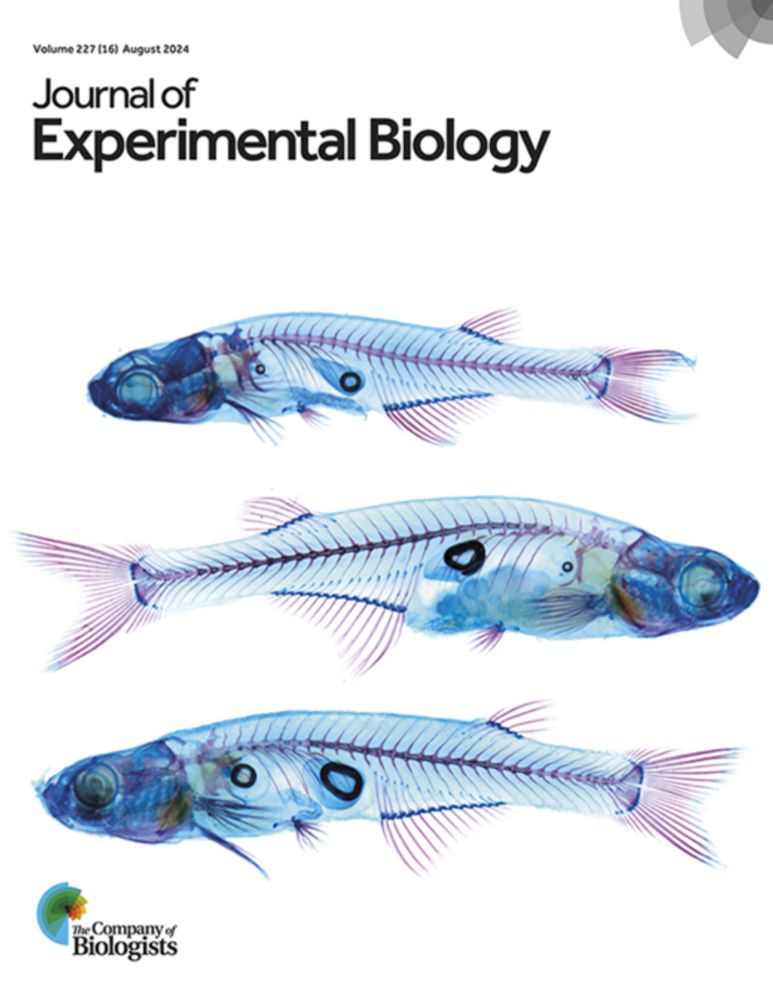
Development of sound production in Danionella cerebrum
Highlighted Article:Danionella cerebrum is one of the smallest vertebrates known to perform acoustic communication: juvenile fish develop their sexually dimorphic ability for sound production.
doi.org
